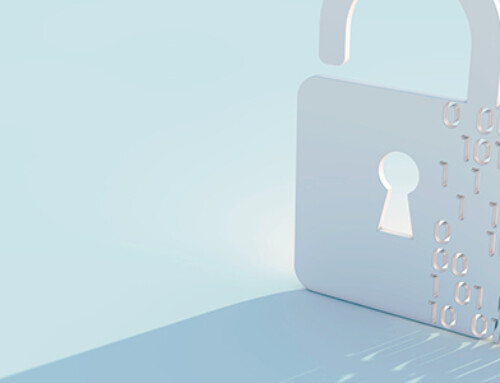Typosquatting, also known as URL hijacking or URL spoofing, is a type of cybercrime that involves registering domain names that are similar to legitimate ones but contain typographical errors. These fake websites are designed to trick users into believing that they are visiting a legitimate website, and often, these websites are used to steal sensitive information from users. In this article, we will discuss the importance of monitoring and acting on typosquatting.
The Threat of Typosquatting
Typosquatting can be a significant threat to businesses and individuals alike. Cybercriminals use typosquatting to steal sensitive information such as login credentials, credit card information, and personal data. They do this by creating websites that look similar to legitimate ones, with slight variations in spelling or domain name extensions. Users who accidentally visit these fake websites may not realize that they are on a fraudulent site and may inadvertently give away their sensitive information.
Moreover, typosquatting can be used to spread malware and viruses to unsuspecting users, potentially causing significant damage to their devices and networks.
The Importance of Monitoring for Typosquatting
Monitoring for typosquatting is crucial for preventing any potential damage. It involves regularly checking for domain names that are similar to a company’s name or brand but contain typographical errors. This can be done through automated tools that scan the internet for similar domain names or manually by searching for variations of a company’s name or brand.
By monitoring for typosquatting, businesses can detect fraudulent websites early, before significant damage occurs. This can also help prevent the fake website from gaining momentum, making it easier to shut down.
The Importance of Acting on Typosquatting
Once typosquatting has been detected, businesses must take action to prevent any potential harm. The first step is to report the fake website to the appropriate authorities, such as law enforcement agencies or domain name registrars. This can help shut down the website and prevent further damage.
Businesses can also take legal action against the cybercriminals responsible for the typosquatting. This can involve filing a lawsuit to recover damages or to obtain an injunction to prevent the fraudulent website from continuing.
Additionally, businesses should inform their customers about the fraudulent website and provide guidance on how to identify legitimate websites. This can help prevent customers from falling victim to the typosquatting scheme and can help protect the company’s reputation.
External References
To further understand the importance of monitoring and acting on typosquatting, the following external references can be helpful:
- The National Cyber Security Centre (NCSC) provides guidance on how to prevent and detect typosquatting: https://www.ncsc.gov.uk/guidance/preventing-and-detecting-typosquatting
- The Federal Trade Commission (FTC) provides tips on how to protect against typosquatting and other types of phishing attacks: https://www.consumer.ftc.gov/articles/0151-disposing-your-mobile-device
- The Anti-Phishing Working Group (APWG) is an international coalition of industry, government, and law enforcement agencies that works to combat phishing and typosquatting: https://apwg.org/about-apwg/
Conclusion
Typosquatting is a growing threat to businesses and individuals, and it is crucial to monitor for it and take action when detected. By being proactive and vigilant, businesses can minimize the risk of typosquatting and protect their customers and their brand. Monitoring for typosquatting can help detect fraudulent websites early, and taking swift action can prevent any potential damage. Ultimately, prevention is key to mitigating the risk of typosquatting and protecting against cyber threats.
If you need help keeping your cloud data safe, Dynamic Solutions Group is the answer. We not only provide the necessary security solutions to protect your data, but also introduce you to reliable and trustworthy cloud services. Contact us today and let our team help you feel safe in the cloud.






